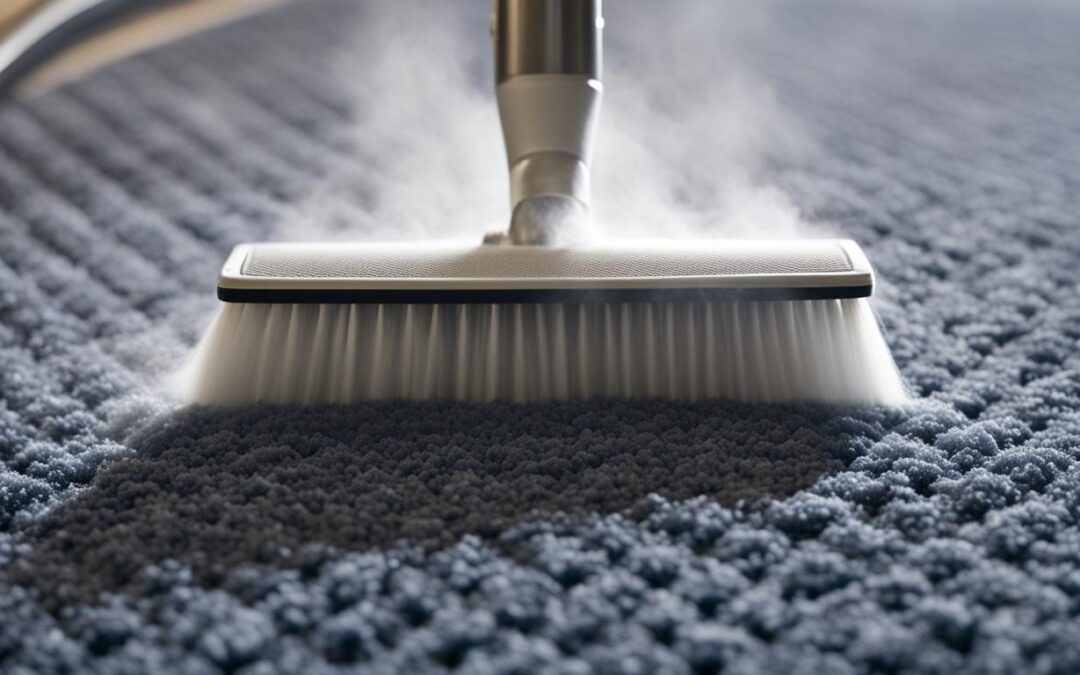Have you ever lifted a corner of your carpet tile only to find a dark, musty surprise beneath? If you have, you’re not alone. Mold under carpet tiles is a common issue faced by homeowners and businesses alike. Understanding the causes and solutions for this problem is crucial for maintaining a healthy indoor environment. In this article, we’ll explore what to do if you find mold under carpet tiles and how to prevent it from occurring in the first place.

Understanding Mold: What is It?
Mold is a type of fungus that thrives in damp, humid conditions. It reproduces by releasing tiny spores that can travel through the air. These spores can settle on surfaces and grow if the environment is right. Mold under carpet tiles is not just an aesthetic issue; it can also pose health risks, including respiratory problems and allergic reactions.
Causes of Mold Under Carpet Tiles
1. Moisture Intrusion
One of the primary causes of mold under carpet tiles is moisture intrusion. This can occur from a variety of sources, such as leaks, spills, or even high humidity levels within your home. It’s important to address any moisture issues promptly to prevent mold growth.
2. Poor Ventilation
Poor ventilation can also contribute to mold growth under carpet tiles. Without adequate airflow, moisture can become trapped, creating the perfect breeding ground for mold. Ensuring your space is well-ventilated is key to preventing mold.
3. Inadequate Carpet Padding
Carpet padding plays a crucial role in moisture absorption and mold prevention. Using mold-resistant padding can help reduce the risk of mold. Learn more about mold-resistant padding options to protect your floors.
Identifying Mold Under Carpet Tiles
1. Visual Inspection
One of the simplest ways to identify mold under carpet tiles is through a visual inspection. Look for discoloration, dark spots, or any unusual stains on the carpet surface.
2. Musty Odor
A musty odor is a telltale sign of mold presence. If you notice a persistent, unpleasant smell in your space, it may be time to check under your carpet tiles.
3. Professional Assessment
If you’re unsure whether you have mold under your carpet tiles, consider hiring a professional to conduct a thorough inspection. They can provide a more accurate assessment and recommend appropriate solutions.
Steps to Remove Mold Under Carpet Tiles
1. Safety Precautions
Before you begin removing mold, it’s essential to take safety precautions. Wear protective gear, such as gloves and a mask, to avoid exposure to mold spores.
2. Remove Affected Tiles
Start by carefully removing the affected carpet tiles. Be sure to dispose of them properly to prevent spreading mold spores to other areas of your home.
3. Clean and Disinfect
Once the tiles are removed, clean and disinfect the subfloor thoroughly. Use a mixture of water and vinegar or a commercial mold remover to kill any remaining mold spores.
4. Dry the Area
Ensure the area is completely dry before replacing the carpet tiles. You can use fans or dehumidifiers to speed up the drying process and prevent future mold growth. Check dry carpet cleaning techniques for effective results.
Prevention Tips for Mold Under Carpet Tiles
1. Control Humidity Levels
Maintaining the ideal humidity level in your home is crucial for mold prevention. Aim for a humidity level between 30-50% to minimize the risk of mold growth. Discover the ideal humidity levels for your space.
2. Regular Maintenance
Regularly inspect and clean your carpet tiles to prevent mold growth. Promptly address any spills or leaks and ensure your space is well-ventilated.
3. Choose Mold-Resistant Materials
When selecting carpet tiles and padding, opt for mold-resistant materials. These materials are designed to repel moisture and reduce the likelihood of mold growth.
Alternatives to Carpet Tiles
If you’re concerned about mold under carpet tiles, consider alternative flooring options. There are several mold-resistant flooring choices available that can enhance the aesthetic and functionality of your space while minimizing the risk of mold.
When to Call a Professional
If the mold issue is extensive or persists despite your efforts, it’s best to consult a professional. They can assess the situation, identify the root cause, and provide a comprehensive solution to eliminate mold and prevent future occurrences.

FAQ Section
1. Can I remove mold under carpet tiles myself?
Yes, you can remove mold under carpet tiles yourself if the affected area is small. However, for extensive mold growth, it’s advisable to seek professional help.
2. How can I prevent mold under carpet tiles?
To prevent mold, control humidity levels, ensure proper ventilation, and use mold-resistant materials. Regular maintenance is also key to preventing mold growth.
3. What are the health risks of mold exposure?
Mold exposure can cause respiratory issues, allergic reactions, and other health problems. It’s important to address mold promptly to maintain a healthy indoor environment.
For more detailed information on mold prevention and removal, visit this external resource.
This article contains affiliate links. We may earn a commission at no extra cost to you.


